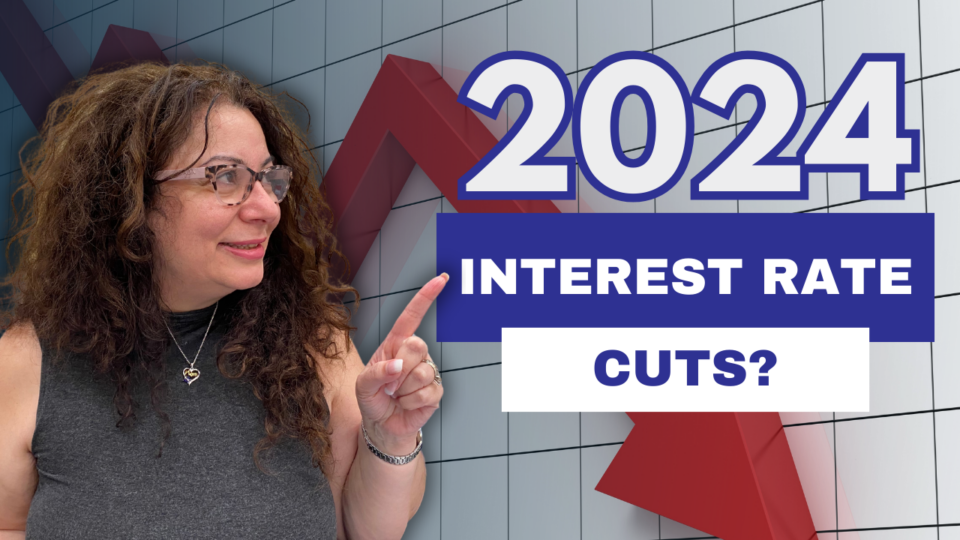Mastering Your Mortgage: Exploring Debt Consolidation

As the festive season draws near, it brings on a period of increased expenses from gift-giving, to back-to-back holiday parties. These expenses often lead to an increased reliance on credit cards and loans. This can result in a significant spike in debt levels in the new year. By opting to consolidate these seasonal debts into your mortgage, you can achieve more manageable repayment terms, thus alleviating financial stress as the new year begins. Mortgage debt typically comes with the lowest interest rates since the debt is tied to a tangible asset (the house). Whereas credit cards are unsecured debt, so this leads to much higher interest rates being charged.
Debt Consolidation: The Process
When you consolidate your debts into your mortgage, it’s crucial to understand that this process entails refinancing your existing mortgage. Refinancing involves negotiating a new mortgage agreement to replace your current one. This presents more than just the chance to amalgamate debts; it’s an opportune moment for an in-depth reassessment of your financial landscape, particularly your monthly cash flow and saving interest. Due to the higher interest rate landscape today, many Canadians are coming up for renewal and encountering a “payment shock” as the previous rates in the last 5 years have been very low. Studying and analyzing your current mortgage and financial situation is crucial. Planning for a short-term solution and setting goals is important so that when rates decrease, we are ready to take the right steps to the new lower-rate environment.
Debt Consolidation Examples
Here is a quick example of how this strategy would work.
Before:
Current mortgage: $150,000 – Interest rate: 3% – Remaining amortization: 10 years – Home value: $600,000 – Payment: $1,447 – Unsecured debt total: $50,000 – Payment on that debt: $1500 – Total monthly debt obligation: $2,947
After:
New mortgage balance: $200,000 (with unsecured debts included) – New rate: 5.59% – New amortization: 15 years – Payment: $1,636 – Total monthly debt obligation: $1,636 (cash flow increased $1,311/month).
Here is an example if we kept the amortization the same while consolidating the debts into the mortgage:
Mortgage balance: $200,000 – New rate: – 5.59% – Current amortization: 10 years – Payment: $2,173 (cash flow increased $774/month).
One more example if you kept the payments the same as if you were still paying $1500 on the credit cards, your amortization would decrease to 7 years.
Mortgage balance: $200,000 – New rate: 5.59% – New payment: $2876 New amortization: 7 years.
We recommend that individuals approaching their upcoming renewal within the next year carefully assess various financial aspects such as debt, amortization, cash flow, and monthly payments. Taking the time to analyze their financial situation will enable them to make informed decisions.



